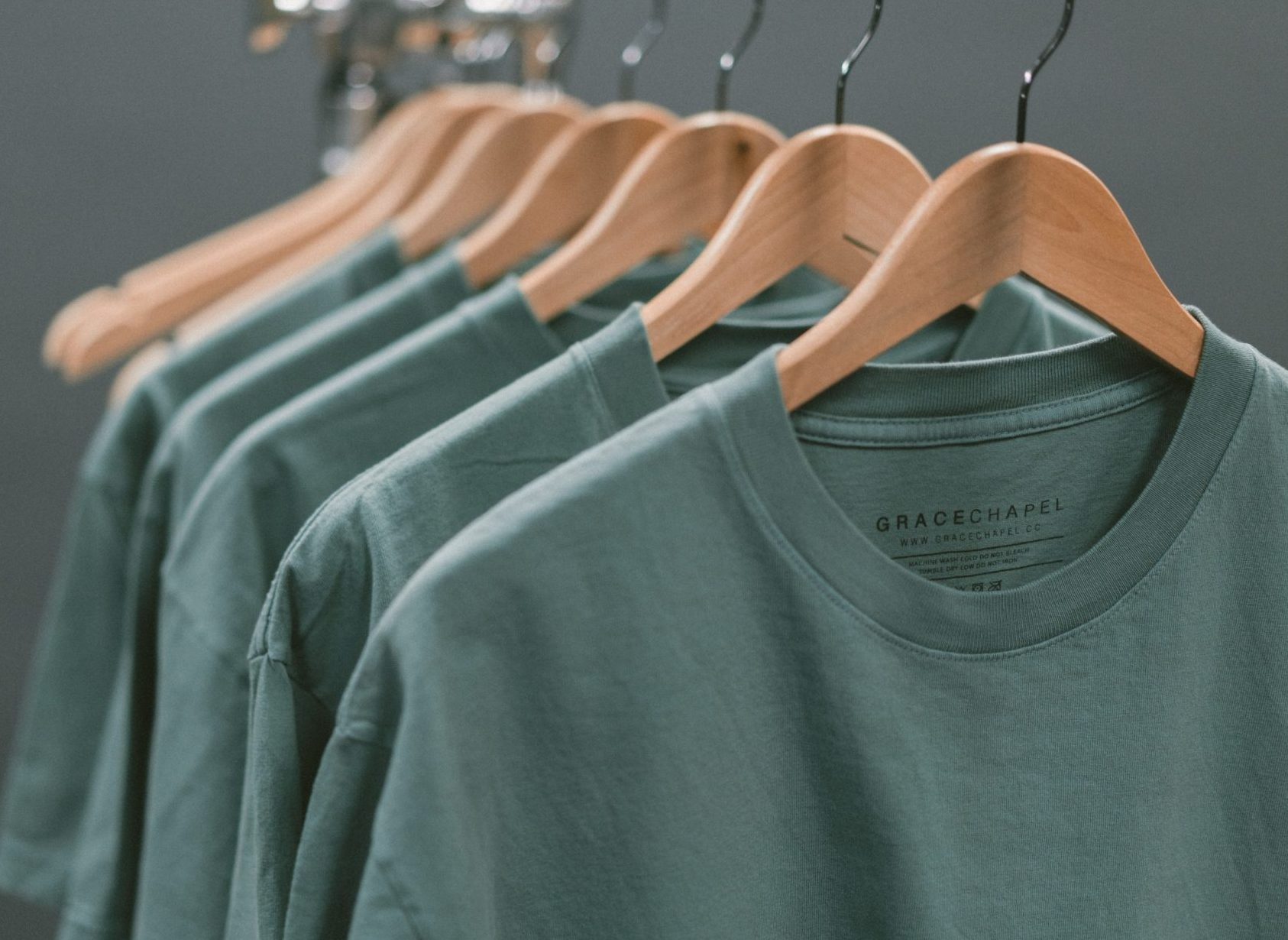Due to the global pandemic, several economic sectors are encountering an unprecedented challenge, including the industry of fashion. The bustling and demanding trend-obsessed fashion world has suddenly subsided as the production has brought to a halt. Embarking with the events cancelled or postponed during fall fashion week, the situation has culminated with the whole industry put on hold by causing blows to both supply and demand. While dwelling under a burden of negative impacts, the situation with its slow-motion effect simultaneously provides favourable facilities to detect the cracks in the system as the urgent need to stop and re-evaluate had already been on hold for a long time.
Several psychological studies and surveys indicate that clothes can have an emotional impact on the wearer as well as store memories and feelings. (e.g. Prof. Karen Pine, 2012/ “Materialising memories”, Cambridge University Press, 2015). Sensed while a clothing item cannot be dumped due to a subconscious cause or while the feeling of attachment arises towards pieces that carry a cherished story. Similarly, explaining the feeling of tight bond or closeness to another body while wearing a shirt previously worn by a celebrity or loved one. Taking this intellectual approach into account, we have all the tools required to develop a strong relationship with our clothes without the constant need for new ones.
A mentality of nurturing and affection could be perceived also at the moment, as during the lockdown, a remarkable amount of challenges to revive forgotten but beloved garments have been going viral on Instagram and other social media platforms. Challenges labelled with hashtags like #quarantinecasual, #distancebutmakeitfashion #thisoldthingchallenge or #lovedclotheslast urge showcasing a creative stylisation featuring mainly pre-owned pieces of clothing. From which the latter carries a call to even share a love note to one of your oldest and dearest items. Illustrated with a revolutionary message to start thinking differently about the clothes we buy and wear. To be more mindful of the impacts of our shopping habits and the way we care for clothing. As well as acknowledge that our sense of value is not defined by the latest trends, but by the beautiful stories behind the clothes we own. Another slightly divergent current Instagram trend suggests wearing a large pillow to give an impression of a mini dress. The pillow is secured and cinched in around the waistline via a belt to create an hourglass silhouette. Primarily launched with the initiative to have a creative and fun outlook during the dull and anxiety thrusting quarantine, the activity is additionally about capturing the joy of nothingness, the joy of having less and being limited.
Moreover, considering the personal experience and noticing it elsewhere, the overall attitude towards ditching overzealous routines to maintain a well-groomed and perfected physical appearance has increased. According to an article published in New York Times (21.04.2020), for years outrageous social media displays have aggravated the Fear of Missing Out (FOMO), now we can revel in the Joy of Letting Go, aka JOLGO. The action may provoke feelings of empowerment, liberation and give self-care another meaning by getting closer to our natural state without any shields to hide behind. Also, making minimalist values and sustainable approaches more comprehensible and performable. As for some, the situation provides a prosperous opportunity to make changes we have wanted to do long before. To start valuing quality over quantity and less over more when it comes to buying, along with other aspects of everyday life.
All this could indict a mentality shift and leap in a more conscious and prosperous attitude from consumers regarding their clothing. Fashion buyers could become more caring towards the items already owned and interrogative towards new ones, as the pandemic has proven the possibility of coping successfully with less. Likewise given time to reconceive our behavioural impact. This kind of mind-set alteration could besides be beneficial for solving a greater matter of reducing the consumption levels in the fashion industry after the emergency has passed. Could this be the solution to the sustainability issue we haven’t yet completely figured out? Nevertheless, there is a possibility of the tables being turned in a completely different direction. It is presumable the reputable leading companies will go out of their way to gain back the clientele for profitable purposes. After having been suppressed, the temptation to splurge and lavish might be exceptionally captivating and effortless.
Therefore, it is necessary to set irrefutable core values. An intersection with two separate paths lie in front of us and we have the autonomy to determine the way. One bumpy and full of provocations wayside, but with a brighter and greener destination laying ahead on the horizon, second direct and obstacle-free yet endless. Are we choosing to yield to our spending temptation or stay true to well-loved garments. To change the system, we must change the culture it thrives on, however, this can only begin by looking at the person standing in front of the mirror. Since the amount of supply is determined by each one of us consumers as a collective. Which way will you pick?
Author: Katriann Kaasik, Bachelor degree student at Estonian Academy of Arts
